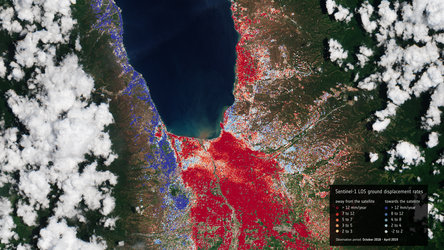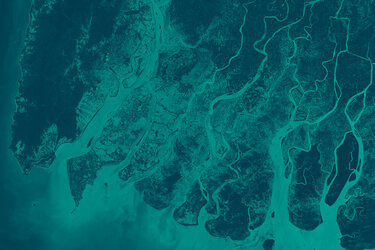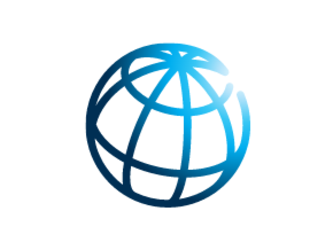Satellite data streamlines global development finance
ESA is leading efforts to embed Earth observation data into more effective and resilient development financing. It is doing so in partnership with international financial institutions through its Global Development Assistance (GDA) programme. This topic was discussed today at ESA’s Living Planet Symposium.
The GDA programme sits at the core of the agency’s efforts to integrate the use of space-based geospatial tools into workflows of financial institutions.
It was launched in 2021 and since then has contributed to the development of more than 110 case studies that have been supported by Earth observation data, helping financial institutions to address climate risks, land and water use, and infrastructure challenges across 72 countries.
Here are several examples of how ESA’s GDA programme has played an active role in supporting development financing projects with satellite data:

- In Bangladesh, satellite data provided by GDA programme enabled the World Bank to shape national electrification plans by mapping the infrastructure risks of natural hazards such as floods, landslides and extreme winds.
- In Madagascar, GDA programme enabled the World Bank to produce crop and irrigation maps using high-resolution satellite imagery to align rural electrification investments with national agricultural productivity and food data. - Incorporating space-based data into resource governance frameworks has enabled Mexico’s water commission (Conagua) and the World Bank to address irrigation management across districts where urban expansion has placed pressure on water use.
- In Afghanistan, where availability of ground information is particularly limited, satellite observations support groundwater, snow cover and water assessment as part of the Afghanistan Water Informatics Dashboard.
- Across Africa’s Lake Victoria Basin, the programme aids pollution hotspot identification and water quality monitoring to inform sanitation strategies and investments.
The EO services provided by the GDA are tailored to operational needs across 12 thematic activities, ranging from disaster risk management and agriculture to clean energy and public health. This is achieved through a network of more than 80 European technical partners who support capacity building to promote long-term uptake and ownership.
For instance, in Georgia, GDA’s shoreline erosion and flood risk analysis supports Asian Development Bank efforts to update national infrastructure design policies. Earth observation data has helped the country’s Ministry of Regional Development assess climate exposure along the Black Sea coast and plan resilient interventions. The results are now being used in national design policies and a follow-up ADB project to support shoreline protection planning.

By embedding Earth observations into planning, monitoring and evaluation processes, the programme contributes to transparency and impact reporting of development interventions.
To date more than €100 million has been mobilised from ESA and development finance partners to support the integration of Earth observation data into real-world operations. “This figure demonstrates the intrinsic value of satellite information for development operations,” said Christoph Aubrecht, ESA’s GDA Programme Coordinator.
He added, “the goal is to make Earth observation a standard part of how financial institutions design and deliver development operations, not as an add-on, but as a practical input that supports better planning, more resilient investments and long-term impact.”
Expanding Earth observation for development
ESA also has other initiatives that support development operations with Earth observation data. One of these is the Copernicus Philippines (CopPhil) national centre, which is funded by the European Commission under the Global Gateway. It co-develops the use of Earth observation in disaster risk management, forest and agricultural monitoring and the mapping of sea, lake and river beds. By embedding satellite data into national disaster preparation systems, CopPhil has helped improve natural resource monitoring and disaster resilience capacities, in collaboration with national partners such as the Philippines Space Agency, DOST and several mandated national entities.
Similarly, in Latin America and the Caribbean, the CopernicusLAC Regional centre in Panama works with national institutions to design disaster resilience and preparation Earth observation services such as a wildfire monitoring service. Moreover, through the EU-Africa Space Partnership Programme, ESA is working with the African Space Agency and private sector to increase the uptake of Earth observation in Africa.


Access the video









